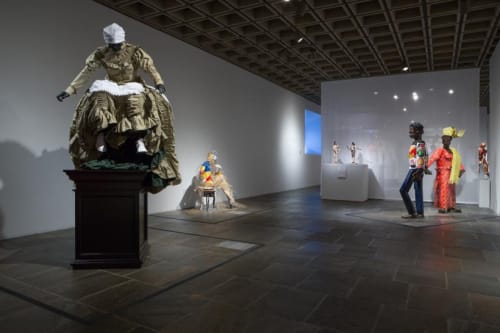Like Life: Sculpture, Color, and the Body (1300—Now): The Met Breuer | New York City, New York
From the Renaissance to the nineteenth century, artists working in the Western classical tradition favored idealized statuary. Typically, marble sculptures of the flawless human form were set high on pedestals and made otherworldly by their lack of color. By contrast, within the same period we also encounter highly realistic sculptures intended to persuade us that some kind of life is present. The contexts for such works were wildly
divergent—for worship, to record anatomical discovery, and for popular entertainment.
With the advent of modernism in the 20th century, the relevance of figuration and realism was further questioned. Artists nonetheless continued to engage with the intellectual and psychological potency, the uncanniness and visceral
power, of the sculpted body’s ability to resemble life. Arranged thematically, works from 14th century Europe to the global present are juxtaposed to explore how and why artists blur distinctions between original and replica, between life and art. Contending with the traditions of Western aesthetics, yet often going beyond that canon, artists have taken approaches that are surprisingly similar. Foremost among them is the use of color to mimic skin. Others include the use of pliable, fleshy materials such as wax or the integration of clothing, human hair, and textiles. Despite these material similarities, the sculptures on view embody dramatically shifting attitudes, some profoundly disturbing, toward gender, race, class, sexuality, and religion over seven hundred year. Like Life thus provides a point of departure for examining historical and contemporary preconceptions of what constitutes a work of art, as well as emotional, physical, and aesthetic responses to the human body across time.
— Curatorial Text Courtesy The Met Breuer



